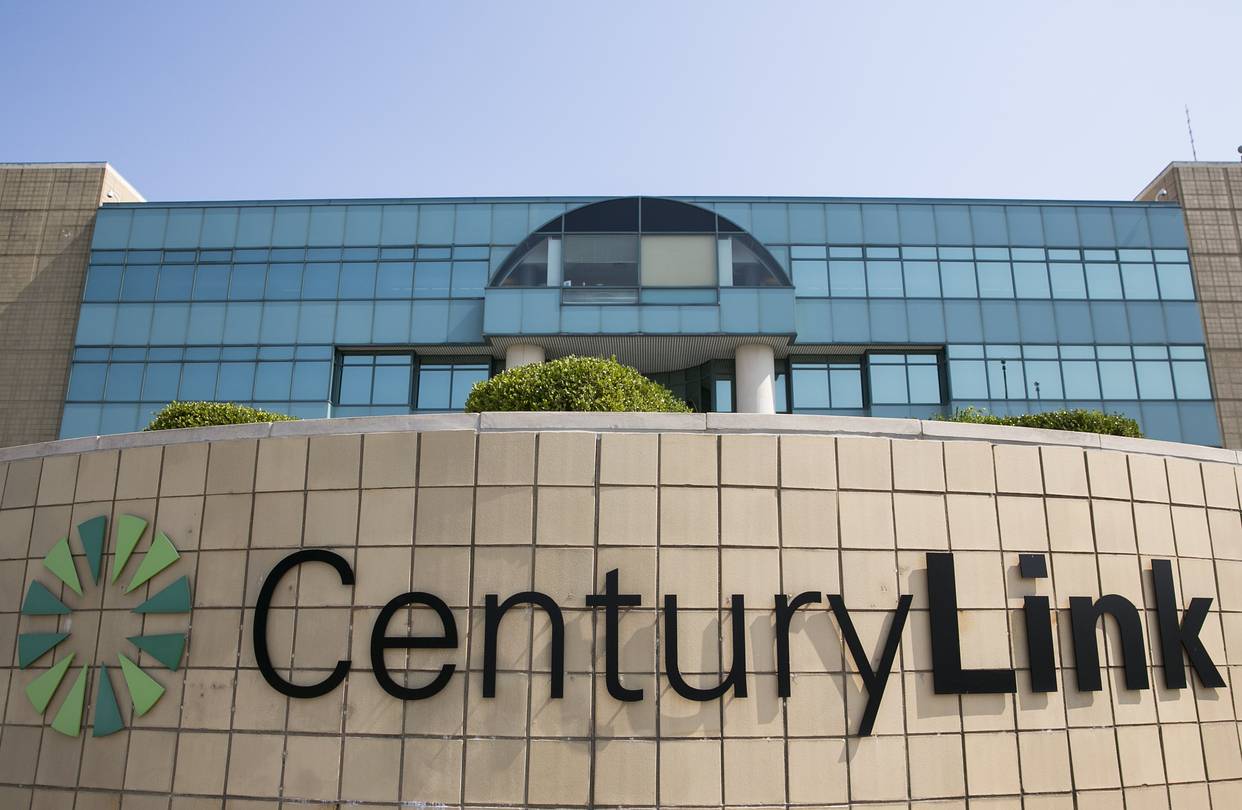Centurylink Inc (NYSE:CTL) has consented to work with NetApp Inc. (NASDAQ:NTAP) through its Unified Partner Program, which is supposed to help small-to-midsized businesses (SMBs). The program, which is primarily designed to re-sell storage solutions, will also come in handy for enterprises in multiple market segments, the likes of the public sector.
The two have been working together for several years. However, CenturyLink is seeking to have more hardware and licensing solutions from NetApp. It will also have more customers and partners access the newly designed NetApp Flex Pod from its global network.
The leading regional wireline service provider in the U.S says that the new engagement will enable to add on to its portfolio of managed storage offerings.
The union could help CenturyLink draw control from new opportunities
It is not long ago since CenturyLink and Level 3 Communications Inc. LVLT suggested a possible merger which at the verge of approval by shareholders of both sides. The two companies anticipate closing this deal in the third quarter of 2017 on condition they will have met all the required regulatory approvals.
96.3% and 81.2% of CenturyLink and Level 3 Communications’ shareholders respectively have Level 3 Communications’ shareholders. This is just one of the many moves, which explains how important the union between CenturyLink and NetApp is in being able to deliver value-added services, customer support as well as data center solutions.
But all is not well within CenturyLink’s quarters
The merger between CenturyLink and Level 3 Communications has been questioned by the likes of Frontier Communications Corporation FTR. On the other hand, CenturyLink’s stock price fell 14.81%, which was an underperformance from Zacks growth projection of 2.75%.

THE MORNING REPORT
Start your workday the right way with the news that matters most.
Your information is 100% secure with us and will never be shared Disclaimer & Privacy Policy
Reports also have it that the difficult phase that the company has been going through is perhaps as a result of the unrelenting pressure on wholesale revenues. High employee and benefit costs occasioned by ruthless and aggressive pressure from larger players may also have played a key role in the company’s current status.





